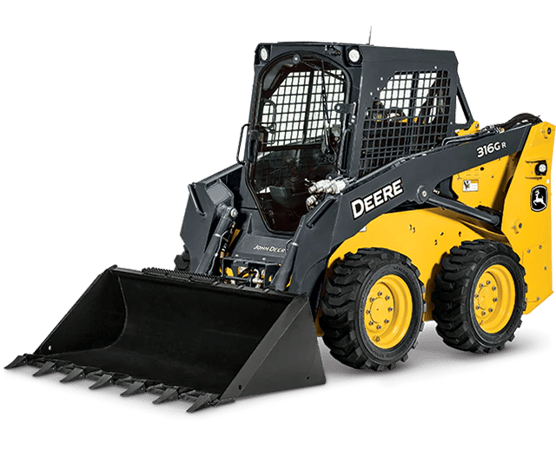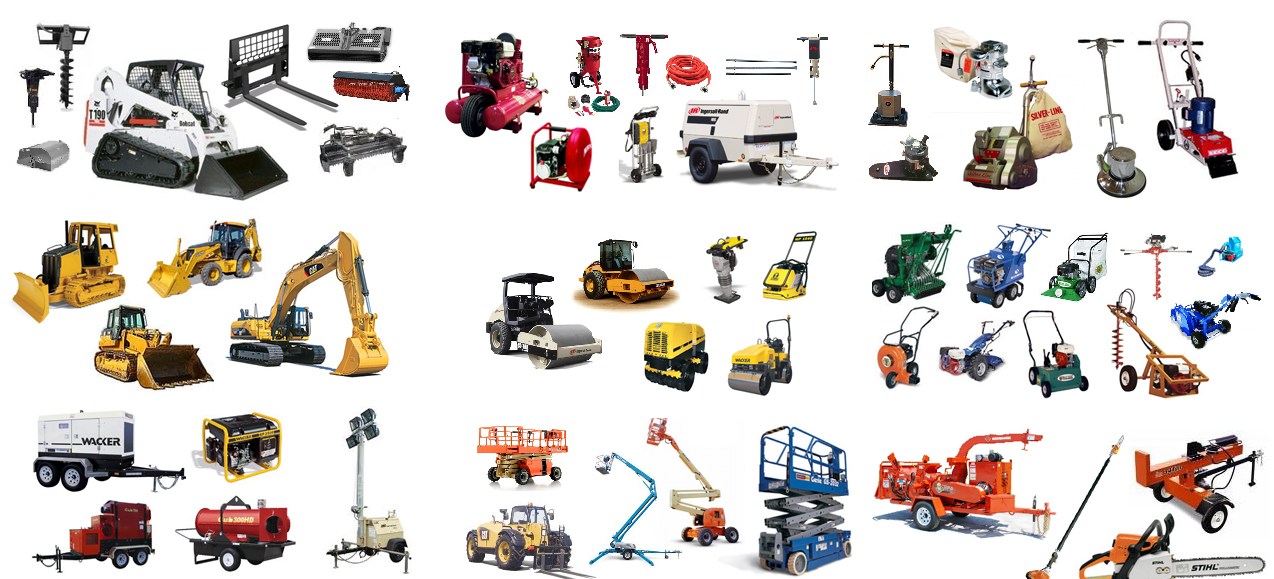Aerial Lift Rental: Versatile Lifting Solutions for High-Access Jobs
Aerial Lift Rental: Versatile Lifting Solutions for High-Access Jobs
Blog Article
Maximize Your Budget Plan by Understanding the Prices Associated With Construction Tools Rentals
Recognizing the full scope of prices connected with building and construction equipment leasings is important for maximizing your budget plan. While the initial rental cost may appear straightforward, countless extra costs-- such as transportation, gas surcharges, and maintenance-- can rapidly accumulate, influencing your economic preparation. Additionally, understanding numerous costs and the details of rental agreements can help prevent unanticipated financial concerns. What approaches can be used to properly take care of these prices and make certain a much more efficient rental experience?
Summary of Rental Costs
When thinking about building and construction devices leasings, recognizing the linked expenses is critical for efficient budgeting and project preparation. Rental expenses can vary considerably based on a number of variables, including devices kind, period of leasing, and area. The preliminary rental cost usually mirrors the devices's market need and its linked functional capabilities, affecting the total expenditure.
Along with the base rental rate, supplementary prices may arise, such as transportation charges, fuel surcharges, and upkeep costs. It is important to represent these added expenses to precisely examine the complete cost of renting out tools. Furthermore, the rental duration can influence rates; longer rentals may get discounted prices, while temporary services might sustain higher day-to-day charges.

Break Down of Rental Prices
A thorough understanding of rental rates is important for professionals and project managers intending to maximize their spending plans. Rental prices for building equipment generally contain numerous components, consisting of base rates, time-based fees, and usage fees.
Base prices are the core costs connected with the service of the tools, typically identified by the type and dimension of the equipment. These prices can vary considerably, affected by variables such as devices demand, accessibility, and local market trends. Time-based costs, which may be daily, weekly, or monthly, serve to accommodate various task timelines and rental periods.
Furthermore, rental rates may include use fees, which are applicable when devices is utilized past a defined threshold, making sure that the rental company can represent damage. Seasonal demand variations can additionally influence rental rates, with peak building and construction seasons commonly regulating higher costs.
In addition, understanding the rental business's plans pertaining to upkeep and insurance coverage can give further understanding into the general cost framework. By evaluating these parts, professionals can make informed choices, ensuring the selection of rental tools lines up with both task demands and budget plan restraints.
Additional Charges to Consider
Comprehending the complexities of added costs is vital for specialists to handle their total service expenditures effectively. Past the typical rental prices, different supplementary charges can dramatically influence the complete cost of devices leasing. These fees often include delivery and pick-up costs, which can vary based on distance and logistics involved in delivering the tools to and from the task site.
Furthermore, some rental business may enforce fuel additional charges if the devices is returned with less fuel than when rented. It is additionally necessary to be aware of possible cleaning charges, specifically for customized devices that needs detailed upkeep after use.

Thoroughly assessing the rental agreement and making clear these extra fees in advance can help service providers stay clear of unanticipated prices and ensure that spending plans stay undamaged throughout the project lifecycle.
Repair And Maintenance Expenditures
Normal upkeep and repair work expenses are typically forgotten factors that can dramatically affect the overall expense of construction devices leasings. When renting out equipment, it is essential to take into consideration not only the rental charges however likewise the possible expenses related to keeping the equipment in optimal operating problem.
Many rental business consist of standard upkeep as component of the rental arrangement; however, a lot more extensive fixings or unforeseen failures can lead to added costs. It's vital to evaluate the rental contract very carefully to understand what maintenance services are covered and what duties fall on the tenant.
In addition, tools that is not well-maintained can lead to inefficiencies on the task site, potentially raising and causing hold-ups project prices. To minimize these threats, it is a good idea to conduct routine evaluations and keep open interaction with the rental carrier concerning any type of problems that develop during usage.
Insurance Policy and Responsibility Costs
Insurance coverage and obligation expenses are critical elements that can substantially affect the overall expenditure of construction tools services (heavy equipment rental). These expenses ensure that both the rental firm and the client are safeguarded from potential economic losses developing from crashes, damages, or burglary during the rental period

Additionally, customers should understand any deductibles or exclusions in the insurance policy, as these can influence potential out-of-pocket expenses. Understanding the terms and problems of any insurance coverage is essential to avoid dozer rental unforeseen expenses. Inevitably, budgeting for insurance and responsibility expenditures can aid ensure a smoother rental experience and secure versus monetary risks connected with construction tasks.
Final Thought
Finally, a detailed understanding of the prices linked with building and construction tools rentals is necessary for reliable budget plan administration. By assessing rental rates, added fees, maintenance costs, and insurance policy demands, people and companies can reduce unanticipated expenses. This critical strategy not just enhances cost-effectiveness but also makes certain that jobs advance efficiently and efficiently. Inevitably, educated decision-making relating to equipment rentals adds to the general success of construction ventures.
Rental costs can differ dramatically based on several aspects, including tools kind, duration of service, and place (aerial lift rental). The rental duration can impact prices; longer services might certify for discounted prices, while short-term services might sustain greater daily charges
By carrying out comprehensive study and engaging with trustworthy rental firms, contractors can properly navigate the intricacies of rental rates, eventually optimizing their financial sources.
Past the basic rental prices, various auxiliary costs can considerably influence the total cost of devices service. Rental companies typically offer responsibility insurance that covers injuries to 3rd events or damages to home, while tools damages insurance can cover the price of repair services or substitute if the rented equipment is harmed.
Report this page